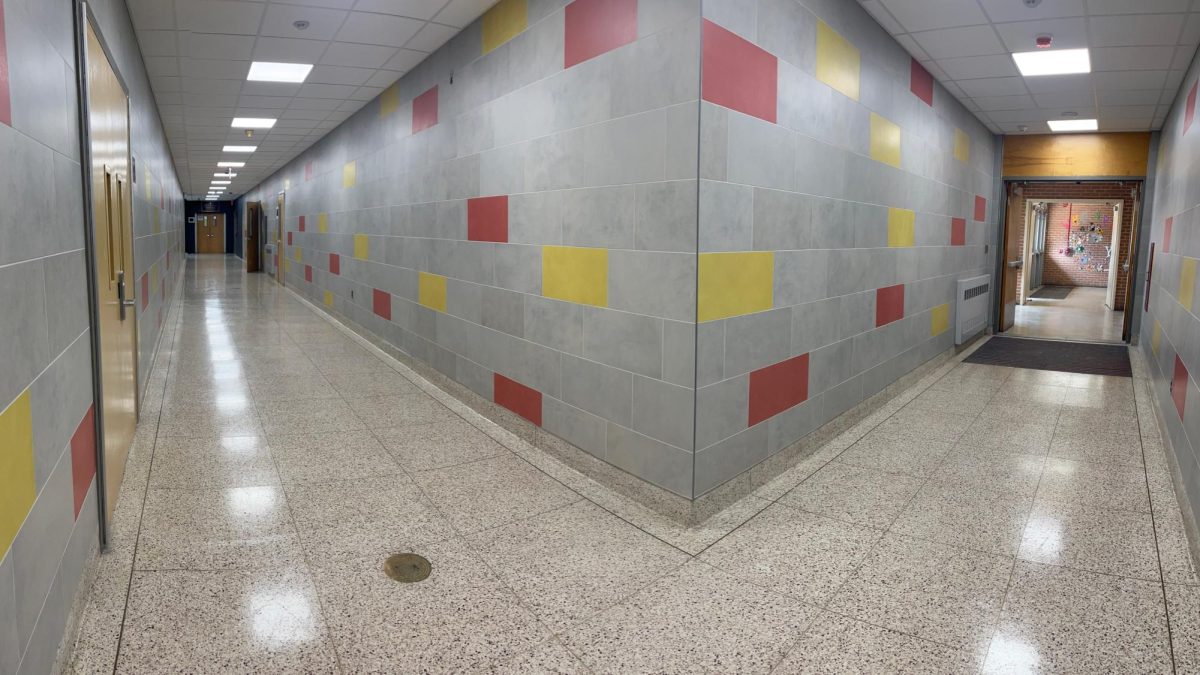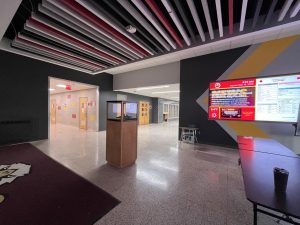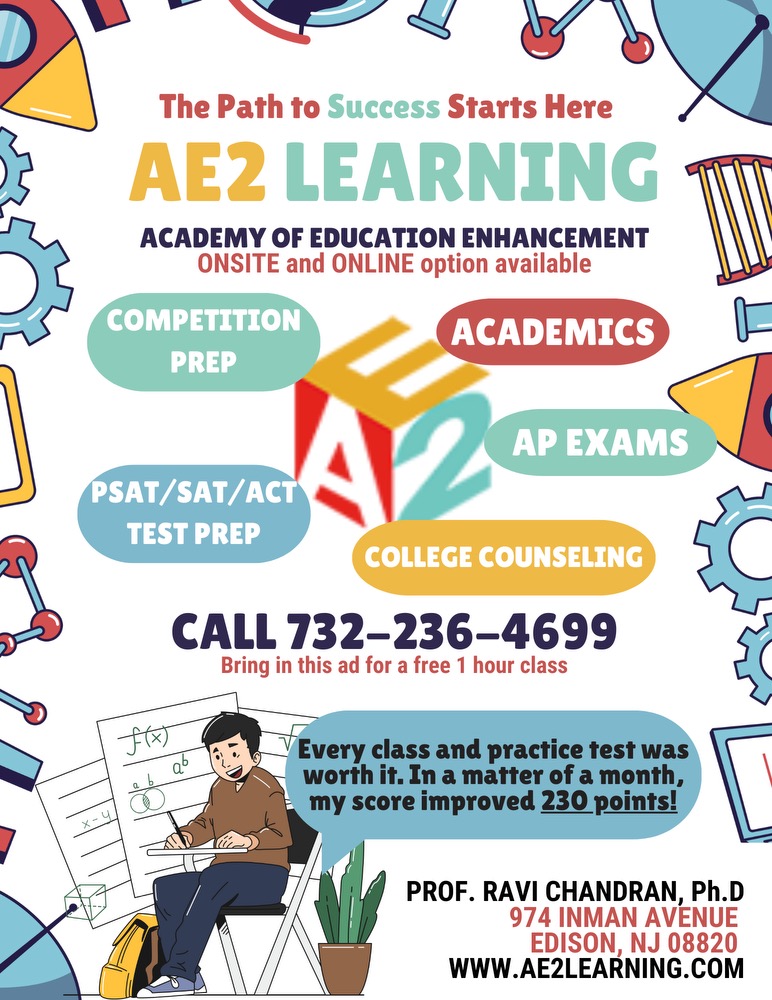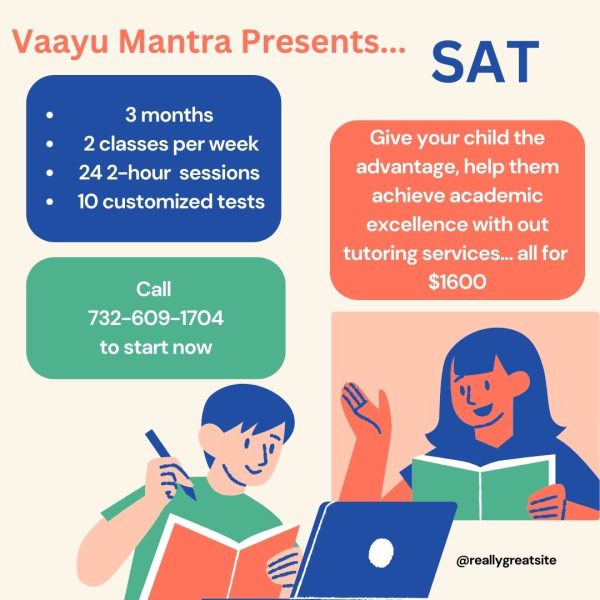Should We Put a Delay on The Delayed Opening?
November 19, 2021
After participating in a full year of online learning, students returned to an in-person setting on September 1. Instead of the traditional start time of 7:40, the first day of school started at 9:40 with the traditional delayed opening schedule. Especially with the COVID-19 pandemic, this late start to the school day allowed students and staff to become more well-adjusted to pandemic learning and the implications of wearing a mask and maintaining social hygiene practices for hours at a time. However, students and teachers had mixed feelings about the delayed start to the day as well as the entirety of the first week of school, since there was an additional but unexpected day off due to Hurricane Ida flooding, followed by a four-day weekend.
Regarding the first day of school, some teachers believe that the first day of school does not require a full period.
“Having the first day to just be able to introduce yourself to the students, set your expectations, and go over your syllabus—I don’t think that really takes up a whole 42 minute period,” said Statistics and Algebra I teacher Ms. Katherine Makovec. Teachers felt that the shortened periods were efficient since the first day merely necessitates introductions and the basic overview of the class structure. This same logic applies even with the disrupted learning format introduced by the COVID-19 pandemic.
Even students share the same sentiment, saying that the first day of school allowed them to take it slow after being in online learning the year prior.
“I think it was good because it gave the kids a chance to kind of soak in the fact that school was opening up again. A lot of times that early wake up after a couple of months of not having school can be really difficult, and, especially for us, since it had been over a year since stepping into school, I think having a delayed opening helped us kind of get back into the swing of things again,” said Mayukha Ragimanu ‘22. Since online learning didn’t require transportation, many students could wake up minutes before school began, which contrasts the reality of in-person learning. However, the delayed opening schedule provided students with an opportunity to ease themselves back to this schedule.
“Personally, I think for us students it helped ease the transition from online to in-person school,” said Sanjana Suresh ‘22.
In regards to the abrupt breaks during the first week of school, many felt as though their schedules were delayed, making it difficult for students to transition back to an in-person setting.
“It was chaotic because we saw the students for a day, and then we were off. It pushed back first tests and quizzes, and everything just kind of seemed to be dragged out a little bit because we couldn’t get in a groove. I also think that the freshmen would have benefitted from having a routine almost right away from the first day of school,” added Makovec.























































































